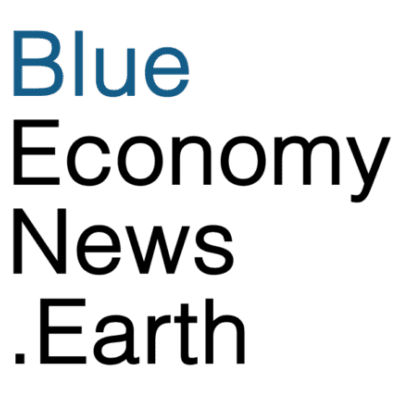A study released for COP16 said that, two years after the world’s nations committed to conserve at least 30% of the Earth’s land, freshwater, and ocean by 2030, only 2.8% of the ocean is assessed as likely to be effectively protected.
The report, launched by a consortium of nature NGOs and funders including Bloomberg Philanthropies Ocean Initiative, shows that only 8.3% of the world’s ocean is designated as marine protected areas (MPAs). The report said most MPAs are either protected in name only or so loosely regulated that substantial harmful activities are allowed to continue within them. As of 23 September 2024, just 19 countries and the EU had submitted National Biodiversity Strategies and Action Plans with national marine biodiversity targets to the CBD Secretariat2 – a critical first step in the biodiversity conservation process.
At the current rate, the report said, less than 10% of the ocean will be protected by 2030. In a foreword to the report, John Kerry, former US Secretary of State and José María Figueres, Former President of Costa Rica, call on governments to “act together with urgency” to meet the 30×30 target.
“Protecting and conserving at least 30% of the world’s ocean is vital to safeguard marine biodiversity and the billions of people who depend on it for their livelihoods and food security. It is also essential to preserving the ocean’s ability to act as our greatest climate ally by absorbing billions of tonnes of carbon emissions every year.”
‘On track or off course? Assessing progress toward the 30×30 target in the ocean’, was written by Metabolic Consulting with support from the Bloomberg Ocean Fund and developed in partnership with Campaign for Nature, the Marine Conservation Institute, and SkyTruth.
It warns that the broad definition of MPAs is inconsistently applied by countries, leaving scope for “blue washing”. Many MPAs allow the continuation of activities that are incompatible with effective biodiversity conservation such as industrial-scale fishing and harmful fishing methods, oil and gas extraction, mining, dredging, and dumping. Even where countries state the goal of high or full protection, the MPA may not be implemented or sufficiently resourced in a way that is likely to achieve this.
The report is based on analysis led by the Marine Conservation Institute, with data shared by ocean experts around the world who are evaluating MPAs in their countries. They assessed nearly 90% of the global MPA area and found that just 2.8% is implemented and “fully” or “highly” protected – the levels defined as “effective” protection by a global standard called The MPA Guide.
Beth Pike, Director of Marine Protection Atlas at the Marine Conservation Institute, said, “Two years after the aspirational increase of the global conservation target to 30% of our ocean by 2030, quality continues to lag behind quantity: less than 3% of marine areas are truly protected. The gap between pledge and action is vast, and without urgent, meaningful protection, the 30×30 goal will remain unrealized. The time to turn commitments into real, meaningful change is now – because our ocean can’t wait.”
In countries where The MPA Guide has been applied to a portion of the country’s reported MPAs, the report finds MPA quality lagging behind quantity. In the UK, for example, 47% of its domestic waters (excluding Overseas Territories) are in MPAs, but less than 1% has been assessed as likely to be effective. This is largely because only specific features or species are protected, not the entire MPA sites. This creates a loophole that allows some of the most destructive fishing methods, including bottom trawling, to legally continue in more than half of these MPAs. However, Over 90% of the UK’s MPAs are in its overseas territories, such as the Pitcairn Islands, Tristan da Cunha, and South Georgia, which enjoy much higher levels of protection than its domestic waters.
Latin America and the Caribbean countries have designated 27% of their collective nations’ ocean waters as MPAs, only 2.5% has been assessed and classified as likely to be effective. North America has protected 22% of marine waters under national jurisdiction, with 17% of them assessed and classified as likely to be effective. Europe has protected 20%, but only 7% were assessed and classified as likely to be effectively protected. Although these three regions have been leaders in designating MPAs, they have yet to announce any plans to increase coverage by 2030.
The report reveals that:
- Just 14 countries have designated more than 30% of their waters as protected areas: Monaco (100%); Palau (99%); UK (68%); Kazakhstan (52%); New Zealand (49%); Australia (48%); Argentina (47%); Germany (45%); Chile (41%); Colombia (40%); Belgium (38%); France (33%); Seychelles (33%); and the Netherlands (32%).
- However, just two countries have been found likely to have effectively protected more than 30% of their waters, Palau (78%) and the UK (39%).
The report suggests governments must increase the extent and number of MPAs; ratify the High Seas Treaty as soon as possible, to enable the legal framework for the establishment of MPAs in international waters; finance effective protection; empower indigenous people and local communities; and improve reporting and data collection.

